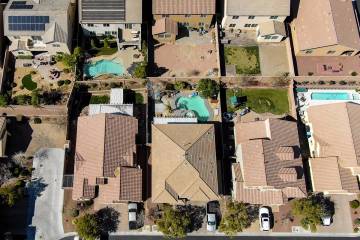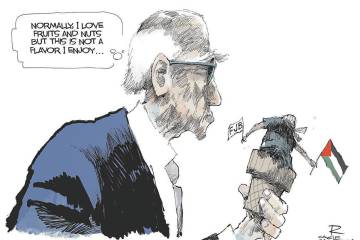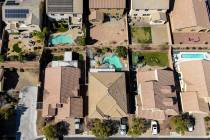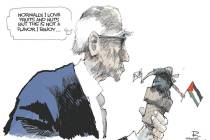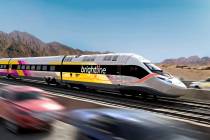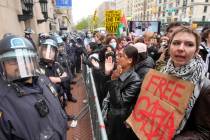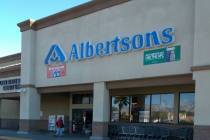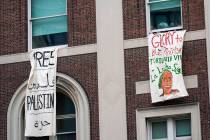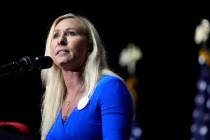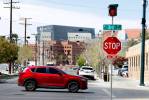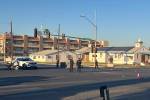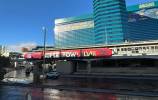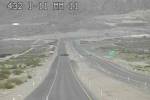COMMENTARY: Car-pool lanes provide a solution to Southern Nevada traffic congestion
The Review-Journal’s Feb. 1 editorial, “HOV folly,” criticized the Nevada Department of Transportation’s “fixation” with carpool lanes. But while such lanes are sometimes seen as annoying and even unnecessary, they hold the future to Southern Nevada’s transportation network.
Drivers seeing scant traffic in carpool lanes grouse about wasted space. But those lanes carry more people using fewer cars for better air quality, fuel savings and reduced vehicle wear. They’re safer and less stressful, too, with fewer cars cutting in and out. Plus, carpooling is fun, offering a chance to socialize with others.
Yet, Southern Nevada currently lacks a complete carpool or high-occupancy vehicle (HOV) lane network, resulting in merge-and-weave movements for freeway-to-freeway connections. Project Neon fixes that.
The nearly $1 billion project, which broke ground in 2016, is improving Interstate 15 between the Spaghetti Bowl and Sahara Avenue. It’s Nevada’s busiest stretch of highway with 300,000 cars daily — about one-tenth of the state population — with 25,000 lanes changes hourly. And traffic will only double during the next two decades.
Project Neon creates 22 consecutive miles of carpool lanes between I-15 and U.S. Highway 95, with a Spaghetti Bowl flyover connector and interchange between Oakey Avenue and Charleston Boulevard.
Clark County last year had 2.2 million residents and 43 million visitors, of which at least 60 percent drove. That means more bottlenecks. Yet, traditional freeway expansion increasingly faces tough hurdles such as limited right-of-way, funding and federal environmental rules, thereby limiting the ability to endlessly build infrastructure. (Major projects can require uprooting and relocating homes and businesses). As such, Nevada’s transportation officials use every tool available to combat gridlock, including carpooling.
Consider that carpooling reduces commute times with higher travel speeds and fewer delays because vehicles otherwise stuck in general traffic are removed for increased capacity. A managed lane approach, with two people or more per vehicle, avoids super-saturation for greater efficiency. It also makes parking easier, while offering an opportunity to talk, eat, sleep or read while commuting.
Carpooling is nothing new to the millions of Southern California visitors and transplants who now call the Las Vegas Valley home. In fact, carpooling or “ridesharing” has never been more popular, with the surging success of Uber and Lyft. It’s at least partly responsible for a 5 percent reduction in fatal crashes last year.
Admittedly, change never happens easily. Habits are safe and familiar. But, ridesharing or carpooling is eco-friendly cool, reducing emissions while saving money on vehicle depreciation. So, take a chance, grab a friend and go for a ride.
Tony Illia is spokesman for the Nevada Department of Transportation in Las Vegas.





